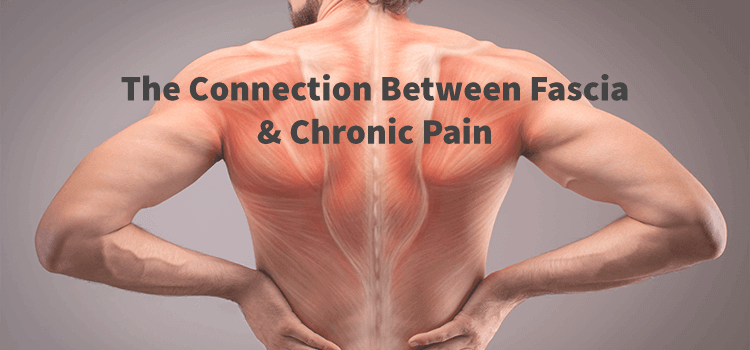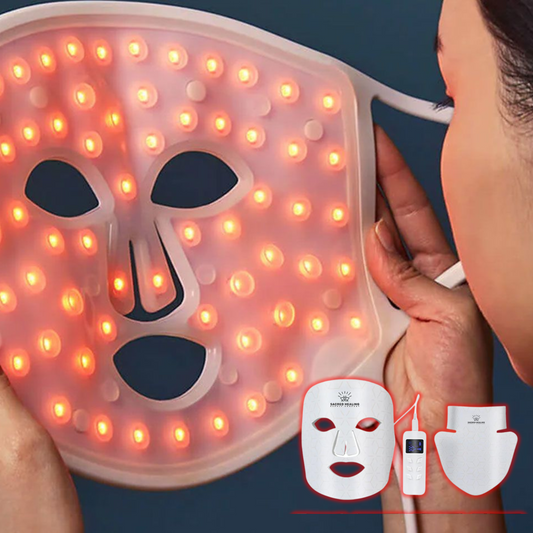
The Most Effective Tool: Guasha for Trauma Release
Share
What is fascia and how does it relate to memory?
Fascia is a connective tissue that surrounds and supports muscles, bones, and organs in the body. It plays a crucial role in maintaining the body's structural integrity and facilitating movement. Recent research suggests that fascia may also be involved in the storage of memory.
How does memory get stored in fascia?
Memory is traditionally believed to be stored in the brain, specifically in the neurons and synapses. However, emerging evidence suggests that memories can also be stored in other parts of the body, including the fascia. The fascia is rich in sensory receptors and nerve endings, which may contribute to its ability to store and retrieve memories.
Why is fascia release important for memory?
Practicing fascia release techniques can help improve memory function. When the fascia becomes tight or restricted, it can impede the flow of blood, nutrients, and energy throughout the body, including the brain. This can affect cognitive function, including memory formation and recall. By releasing tension in the fascia, you can enhance blood flow and promote optimal brain function.
How to practice fascia release?
There are several techniques you can use to practice fascia release:
- Self-myofascial release: This involves using tools like foam rollers, massage balls, or self-massage techniques to apply pressure to specific areas of the body and release tension in the fascia.
- Stretching and flexibility exercises: Incorporating stretching and flexibility exercises into your routine can help improve fascial mobility and reduce restrictions.
- Massage therapy: Professional massage therapists can target specific areas of the body to release fascial restrictions and promote overall relaxation and well-being.
The benefits of fascia release for memory
Practicing fascia release techniques not only benefits memory but also offers other advantages:
- Improved flexibility and range of motion: Releasing tension in the fascia can enhance flexibility and range of motion, making everyday movements easier and more efficient.
- Reduced pain and discomfort: Tight fascia can contribute to chronic pain and discomfort. By releasing tension in the fascia, you may experience a reduction in pain and improved overall well-being.
- Enhanced athletic performance: Flexible and healthy fascia can improve athletic performance by allowing for better movement mechanics and reducing the risk of injury.
Conclusion
While the traditional view of memory storage in the brain still holds true, the role of fascia in memory is an intriguing area of research. Practicing fascia release techniques can not only improve memory function but also offer a range of other benefits. Incorporate fascia release into your wellness routine and experience the positive impact on your overall well-being.








